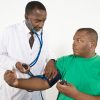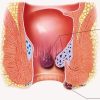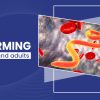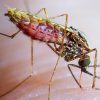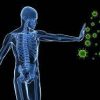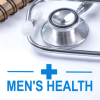- Empty cart.
- Continue Shopping
How to Protect Yourself from Heatstroke
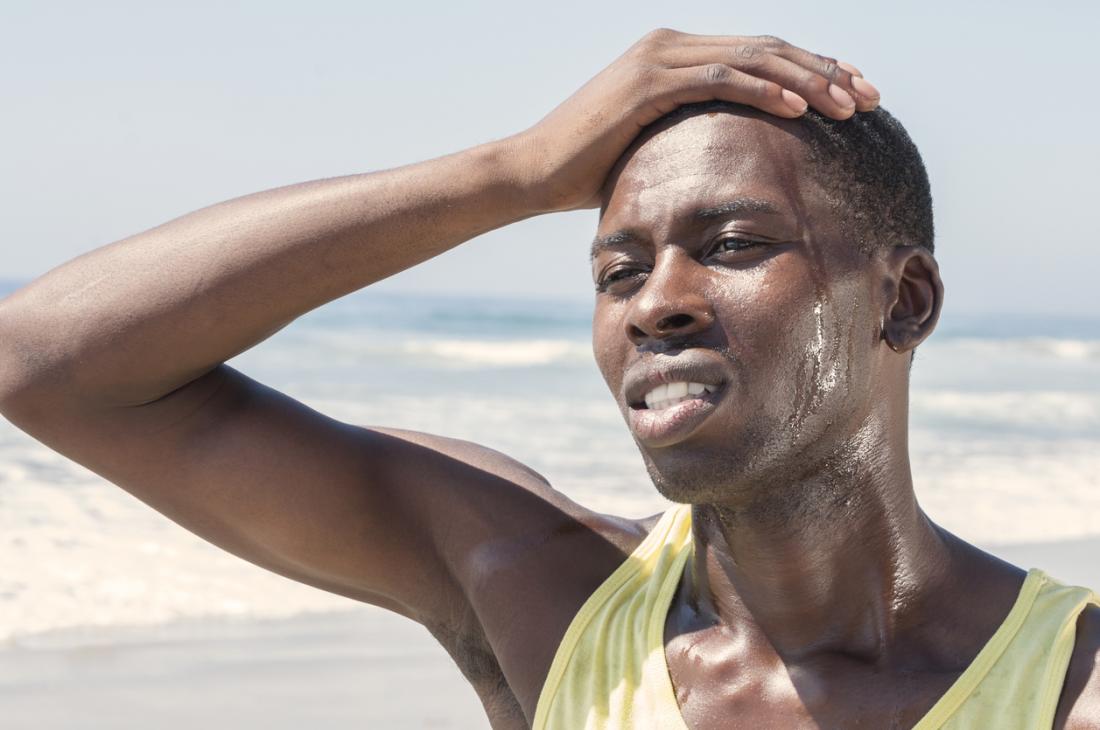
Heatstroke is a serious medical condition that occurs when the body’s core temperature rises to a dangerous level. It can be life-threatening and requires immediate attention. To prevent heatstroke, especially during hot weather or strenuous activities, it’s essential to take proactive measures.
1. Stay Hydrated
- Drink plenty of water throughout the day, even if you don’t feel thirsty. Dehydration can increase the risk of heat-related illnesses, including heatstroke.
2. Avoid Direct Sun Exposure
- Seek shade, especially during the hottest parts of the day, typically between 10 a.m. and 4 p.m. If possible, stay indoors during these hours.
3. Wear Lightweight, Breathable Clothing
- Choose loose-fitting, light-colored clothing made of natural fabrics like cotton. These materials allow your body to breathe and facilitate sweat evaporation.
4. Use Sun Protection
- Apply sunscreen with a high SPF rating to exposed skin. Wear a wide-brimmed hat and sunglasses to protect your face and eyes from harmful UV rays.
5. Take Breaks in Cool Areas
- If you’re engaged in outdoor activities, take regular breaks in shaded or air-conditioned areas. This allows your body to cool down and recover.
6. Avoid Strenuous Activities in Extreme Heat
- If possible, postpone vigorous exercise or physical labor to cooler parts of the day, such as early morning or late evening.
7. Use Cooling Methods
- Apply cold compresses to your neck, forehead, and wrists. Taking a cool shower or bath can also help lower your body temperature.
8. Limit Alcohol and Caffeine Intake
- Both alcohol and caffeine can lead to dehydration. Limit your consumption of these beverages, especially in hot weather.
9. Know the Signs of Heatstroke
- Familiarize yourself with the symptoms of heatstroke, which include high body temperature, rapid pulse, confusion, nausea, and loss of consciousness.
10. Act Quickly if Heatstroke is Suspected
- If you or someone else is showing signs of heatstroke, call for emergency medical help immediately. Move to a cooler area, and try to lower the person’s body temperature using cooling techniques.
11. Acclimatize to the Heat
- Gradually expose yourself to hot weather conditions, allowing your body to adapt over time. This process, known as acclimatization, can help you better handle extreme temperatures.
12. Pay Attention to Vulnerable Populations
- Children, the elderly, and individuals with certain medical conditions are more susceptible to heat-related illnesses. Take extra precautions to ensure their well-being in hot weather.
13. Stay Informed about Weather Conditions
- Keep an eye on weather forecasts, particularly heat advisories or warnings. This information can help you plan activities and take necessary precautions.
Finally, protecting yourself from heatstroke requires a combination of proactive measures, awareness of symptoms, and swift action if signs of heatstroke are present. By following these guidelines, you can significantly reduce your risk of experiencing this potentially life-threatening condition. Remember, prevention is key, especially during periods of extreme heat. Stay safe and prioritize your well-being



